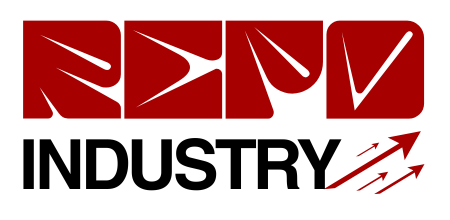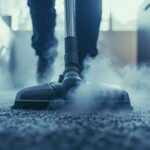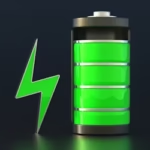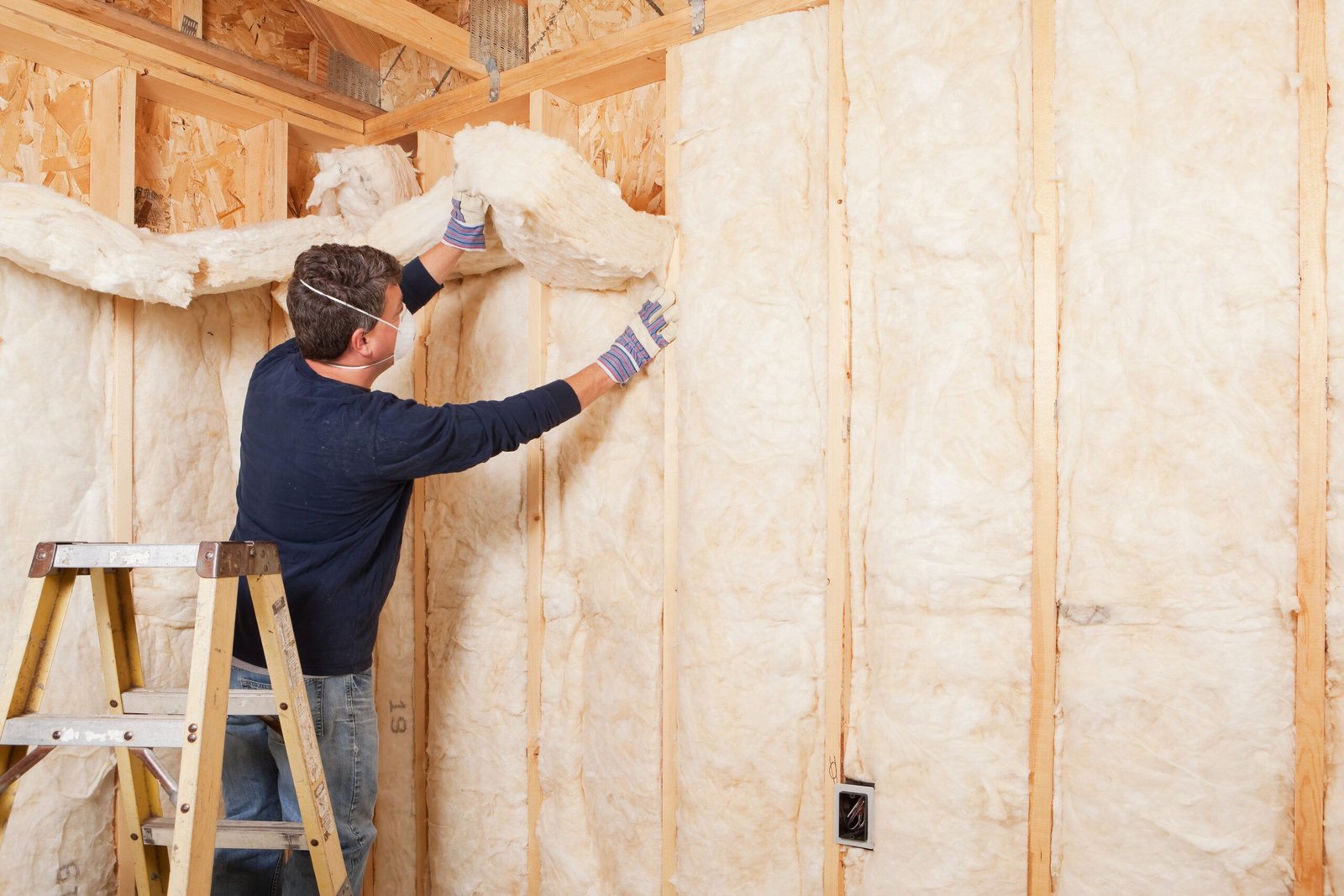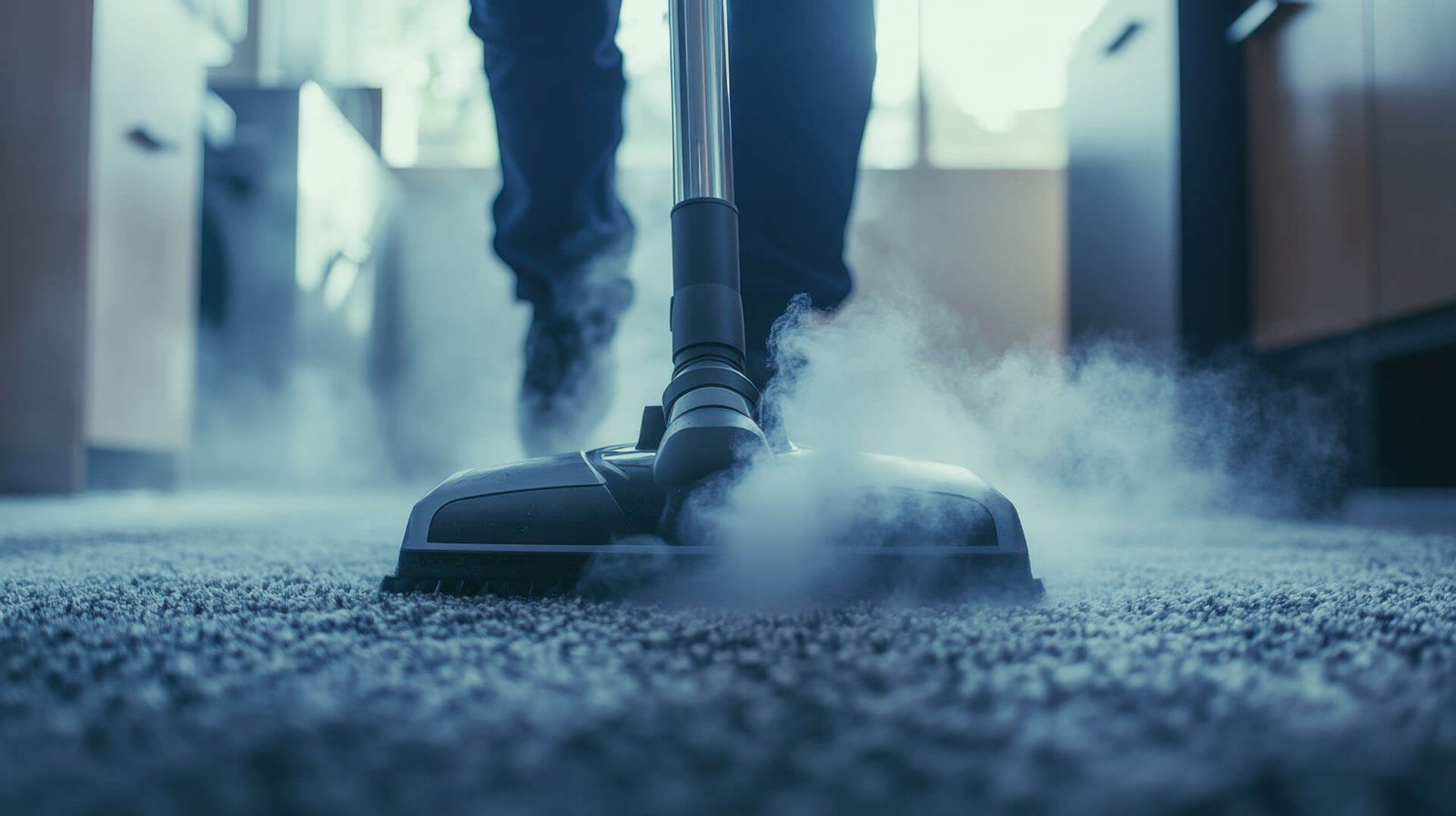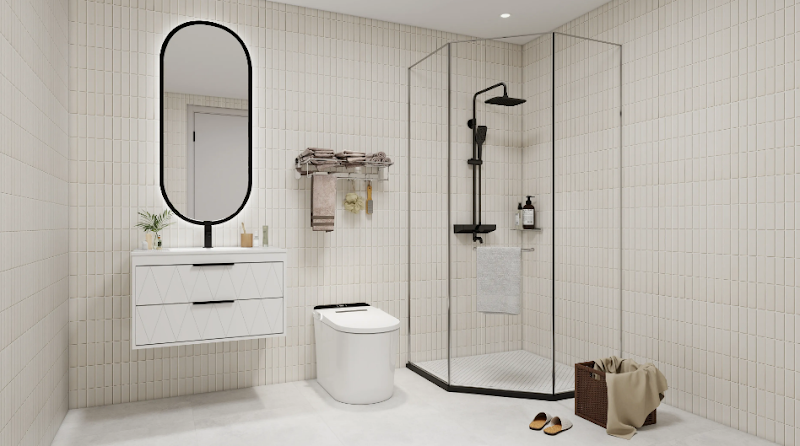Proper insulation is one of the most critical components of an energy-efficient and comfortable home. It helps regulate indoor temperature, reduces energy costs, and prevents moisture-related issues. However, many homeowners make common insulation mistakes that can compromise its effectiveness. Poor insulation choices and installation errors can lead to heat loss, mold growth, and increased energy bills. Understanding these pitfalls and learning how to avoid them can ensure your home remains well-insulated and energy-efficient. This article will highlight the most common insulation mistakes and provide expert-backed solutions to help you make informed decisions.
Choosing the Wrong Type of Insulation
Not all insulation materials are created equal. The right insulation depends on various factors such as climate, location within the home, and budget. Some homeowners make the mistake of using the wrong type of insulation for a specific area, reducing its effectiveness.
Common insulation types include:
- Fiberglass batts – Affordable and easy to install but prone to gaps if not properly fitted.
- Spray foam – Excellent for sealing air leaks but more expensive than other options.
- Cellulose – A more eco-friendly choice but requires proper installation to prevent settling.
- Rigid foam – Offers high R-value but is more costly and harder to install in tight spaces.
How to Avoid It: Before purchasing insulation, research which types best suits your needs. Consider factors like R-value (a measure of insulation effectiveness), moisture resistance, and ease of installation. Consulting an expert can help you make the right choice.
Poor Installation Techniques
Even high-quality insulation won’t work effectively if it’s installed incorrectly. Gaps, compression, and improper sealing can lead to thermal bridging, where heat escapes through poorly insulated areas.
Common installation mistakes include:
- Leaving gaps between insulation materials, allowing air leaks.
- Compressing insulation reduces its R-value and effectiveness.
- Failing to secure insulation properly, leads to sagging over time.
How to Avoid It: Always follow the manufacturer’s guidelines for installation. If using batt insulation, cut pieces precisely to fit the space. For spray foam or rigid foam, ensure that all gaps are sealed. If unsure, hiring a professional ensures proper installation and maximum efficiency.
Ignoring Air Leaks and Ventilation
Insulation alone is not enough to create an energy-efficient home. Air leaks and poor ventilation can significantly reduce the effectiveness of your insulation.
Why it’s a problem:
- Air leaks allow conditioned air to escape, increasing energy consumption.
- Poor ventilation can cause condensation buildup, leading to mold and mildew.
How to Avoid It: Before installing insulation, identify and seal air leaks around doors, windows, and attics. Use caulking or weather stripping to close gaps. Ensure your home has proper ventilation to prevent moisture-related issues. A well-ventilated attic, for example, prevents heat buildup in summer and reduces the risk of ice dams in winter.
Overlooking Moisture Control
Moisture can severely impact insulation performance. Insulation materials like fiberglass and cellulose can absorb water, reducing their effectiveness and promoting mold growth.
Common moisture-related mistakes include:
- Not using a vapor barrier in areas prone to moisture, such as basements and crawl spaces.
- Allowing insulation to come into direct contact with water sources.
- Failing to address leaks before installing insulation.
How to Avoid It: Install vapor barriers where necessary to protect insulation from moisture. Choose moisture-resistant insulation materials, such as rigid foam or spray foam, in damp areas. Regularly inspect your home for leaks and address them promptly to prevent water damage.
Not Consulting an Insulation Expert
Many homeowners attempt DIY insulation projects without fully understanding the requirements, leading to costly mistakes. Professional insulation experts can help assess your home’s needs and recommend the best solutions.
Why consulting an expert is beneficial:
- They can conduct thermal imaging to detect hidden insulation issues.
- They provide accurate R-value recommendations based on your climate and home structure.
- They ensure proper installation to maximize efficiency and longevity.
If you’re looking for high-quality insulation solutions, consider Quik Therm insulation, which offers advanced performance and energy savings. Experts can guide you in selecting the right insulation for your home, ensuring maximum comfort and efficiency.
Conclusion
Proper insulation is essential for maintaining an energy-efficient and comfortable home. By avoiding common mistakes such as choosing the wrong insulation type, improper installation, ignoring air leaks, overlooking moisture control, and not seeking expert advice, you can ensure your insulation performs effectively. Taking the time to research, install correctly, and consult professionals will help you save on energy costs and prevent long-term issues. Invest in the right insulation strategies today for a more sustainable and comfortable living space.
